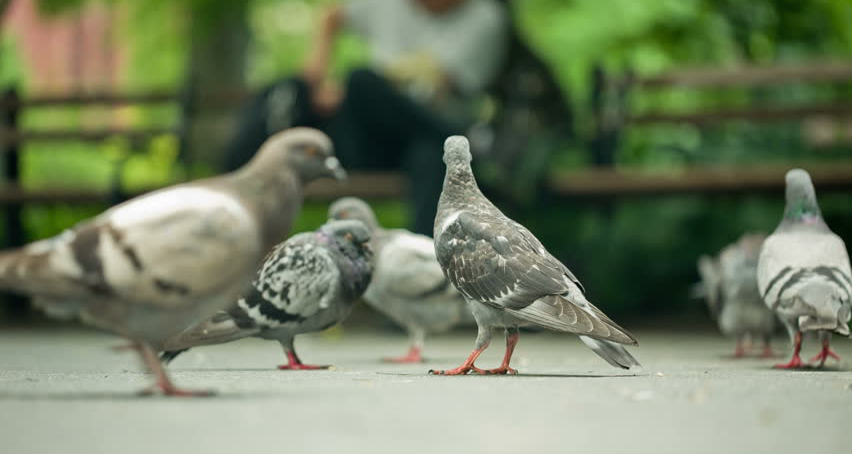As new buildings around campus are unveiled, many feature large glass windows. While the aesthetics appeal to humans, a new initiative is bringing awareness to ways buildings such as these — and plenty of other human behaviors and design choices — are causing bird injuries and deaths.
The Bird Safe Campus initiative, which is run through Tech’s Students Organizing for Sustainability (SOS), was launched in Oct. 2021 and aims to reduce bird deaths and injuries using an online data collection system found at dbird.org. The initiative’s leads, Kaitlyn Tran, third-year IE, and Shivani Potdar, first-year CHBE, realized the need to address bird safety after seeing dead birds near campus buildings.
“Shivani and I have also talked with other Georgia Tech students and found that many others have come across dead birds on campus, so this confirmed it was a widespread phenomenon and not just one incidence,” Tran said. “It really got me thinking if there are ways to prevent such injuries.”
There are solutions to prevent these injuries, and some methods have already been implemented around campus.
“The Kendeda Building was designed to be bird-friendly,” Tran said. “Look closely at the windows, and you’ll see that there is a dot pattern etched into the glass; this pattern allows birds to recognize that the glass is a physical barrier[,] so they will not fly into the windows.”
Tran explains that oftentimes, birds will see the reflections of trees and open sky in the glass and are attracted to it. Thus, they fly into the glass
and may get injured or die. The glass technology seen with the Kendeda Building is one solution to address the issue.
However, there is still lots of work to be done, both locally in Atlanta and nationwide.
“In the past three years, Metro Atlanta ranked in the top ten U.S. cities for bird collisions in the spring and fall,” Tran said. “Each year, an estimated several hundred million birds (nationwide) are killed as a result of collisions with windows.”
Bird Safe Campus Project uses the website dbird.org, where users can report the location, time of discovery and other details such as the bird’s species and causes of death or injury, if they know it.
The dBird project was launched by the New York City Audubon Society in 2014 as a platform where anyone could report bird deaths and injuries. The data has been valuable to learning more about bird mortality. The project has been expanded to cities across the country, and by working with the Georgia Audubon Society, Tran and her team are able to access the data generated by the website for locations on campus.
“We are asking the GT community to report whenever they find dead or injured birds on campus to dbird.org,” Tran said. “The reason for this is, a lot of the data we have on campus bird strikes is outdated. There has been a lot of construction on campus in the past few years — many new buildings have gone up, and others have been altered. We’d like to know which buildings are the most dangerous for birds so that we can retrofit bird-safe film on these specific buildings.”
One project they are hoping to implement is adding bird-safe film on the
bridge connecting Crosland Tower and Price Gilbert Library. There are other dangers across campus, though.
“Past data from dBird has shown that the Molecular Sciences and Engineering Building in the Bioquad is one of the most frequently hit buildings on campus. The multi-story glass windows, coupled with the small forest behind the building, makes the area a common place to find injured birds,” Tran said.
Besides glass, another threat to birds is light pollution.
“At night, migrating birds are often attracted to the bright lights coming from buildings,” Tran said. “They will then be disoriented by the lights, leading to collisions with buildings. So, we are working with GT
admin to see if it is possible to turn off lights in these
specific campus buildings in the late hours. This not only will reduce bird collisions but also help conserve energy.”
For members of the Tech community, one of the best ways to help the cause is by reporting any injured or dead birds found to dbird.org. Additionally, students can join the initiative.
“We would love to have more students join the cause. No prior knowledge or skills required, just a passion for helping campus wildlife,” Tran said.
To get involved with the project, students can email [email protected].
